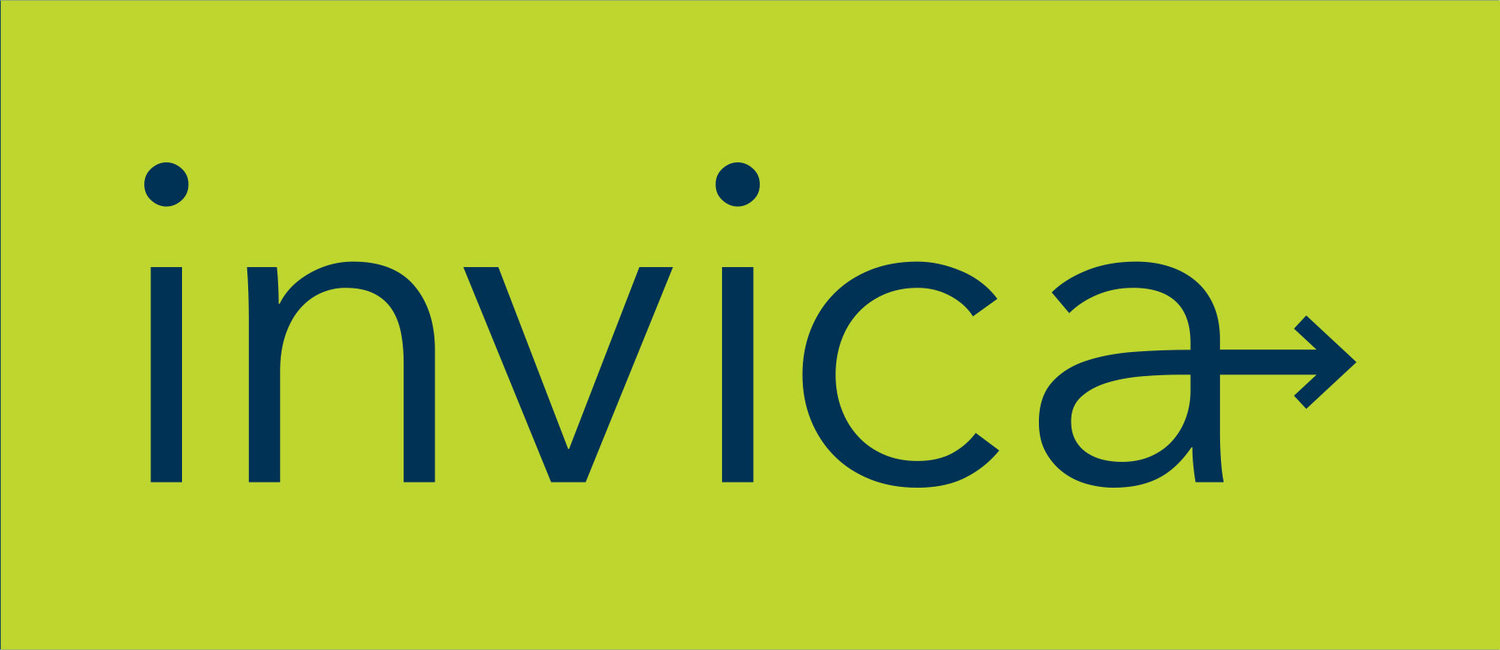There are many feelings and emotions that are triggered just from observing waterfalls. In nature, we associate them with speed, power, and beauty. With Lean, we often associate waterfalls with the concept of a continuous flow of people, materials, and information. We also use project management methodologies that leverage a waterfall approach where we execute in phases and the value is finally achieved at the end (versus an agile approach). Additional new thinking like The Flow System™ calls out how complexity, teamwork, and autonomous leadership address organizational friction. Finally, having a mind like water frees up our mind to be more productive.
Consider an organization where a strategy, a goal, a system, or an idea is desired to be fully immersed into the culture. These concepts should flow seamlessly without interruption or hesitation.
What if each were to be coached down into the entire organization versus delivered in a state of the company address or sent in a mass communication email?
Where would you start to drive the consistent learned behavior pattern as envisioned by the leader?
What structure would you follow?
How would you know if it is working?
How would you scale it or replicate it elsewhere?
As water flows down the waterfall, it is ever-changing the landscape around it. In a culture where the landscape is changing rapidly, using waterfall coaching is one of the best ways to drive speed and commitment to a new standard: standards of belief, behavior, or tools. This style of organizational embedment can be a thing of beauty when done well, but beware of some of the rocks that impede your flow from top to bottom.
Let’s uncover a few of these boulders:
1st Rock - Desire and Ability
The leader must have a desire and ability to teach and coach others. Without this fundamental belief and skill, the knowledge will cease to flow. It starts at the top. A leader that is not driven to develop people below loses the credibility needed to make large transformational shifts. Build credibility by leading it, coaching it, and observing your direct reports. Then watch the success flow!
2nd Rock - High Applicability
The topic, principle, method, or tool must be highly applicable up and down the entire organization. Too often we think that all team members, managers, and leaders require a specific tool or skill only to find out that this is not the case. Pick the high frequency activities, tools, or methods as a starting point to drive some early wins.
3rd Rock - Effective Feedback Loops
Lack of effective feedback loops can often bring an engaged culture to a standstill. Too often we see that training and learning activities don't result in the behavior change necessary to drive sustainment. If there is a roadblock of priority, skill, or motivation, then we should know quickly before the waterfall has stopped. Don’t wait for your culture to dry up!
4th Rock - Bottom-Up Coaching
Don’t forget that we need information to flow both ways—not just down. If problems and ideas aren’t surfaced, then the right response with the right method will not be used. If you have a great culture, you can actually get the coaching to effectively flow upstream. When was the last time you successfully coached your boss or someone in a role above you? First demonstrate that you are coachable. Only then will this give you the ability to amplify your own coaching waterfall.
If you are looking for sustainable ways to change the landscape of your organization, consider improving or first defining your organizational learning model. Classroom training, ad-hoc coaching, and organizational design will never be enough. Rather, develop an institutional kata of waterfall coaching that you can codify into the DNA of your organization to create a powerful flow of human capability. You will not be disappointed.
Written by: Mike Wiersma

